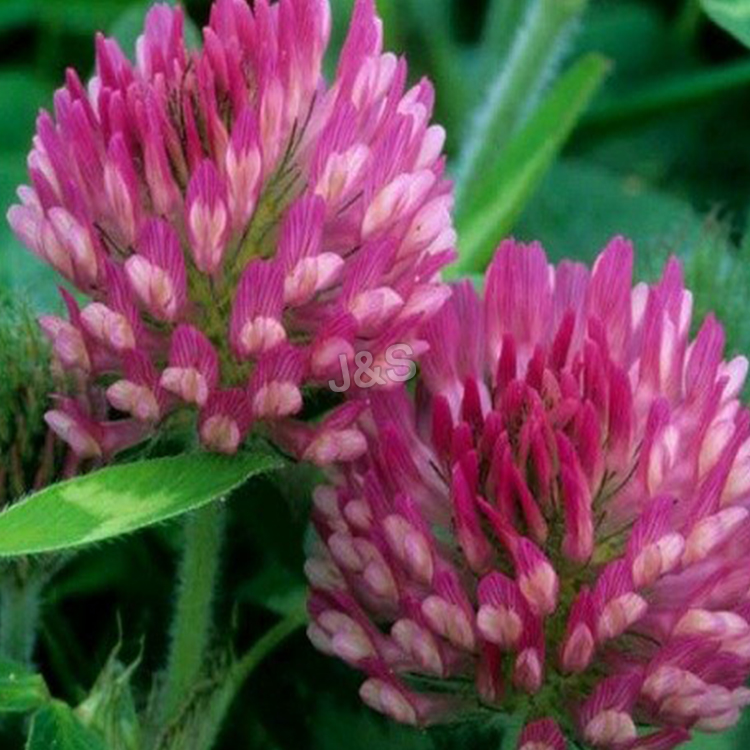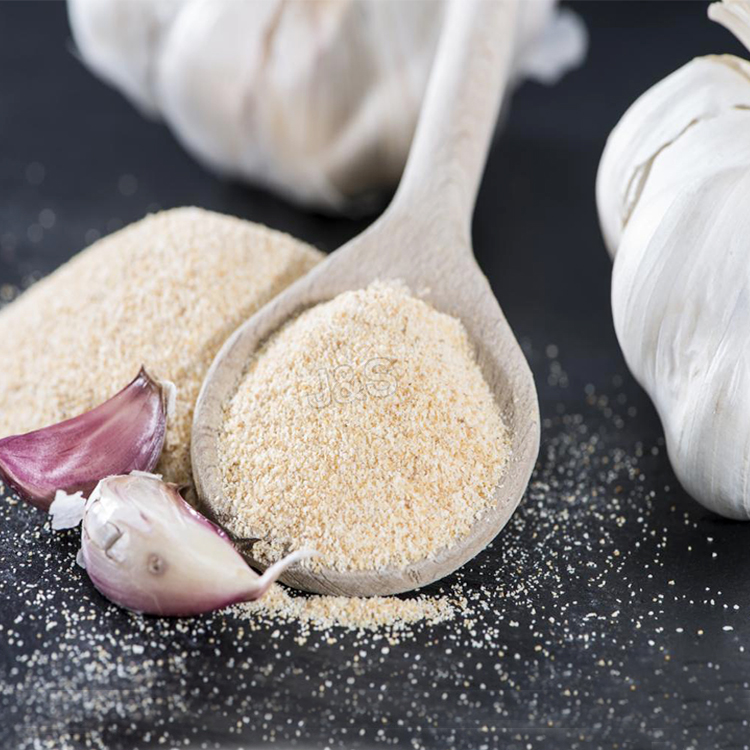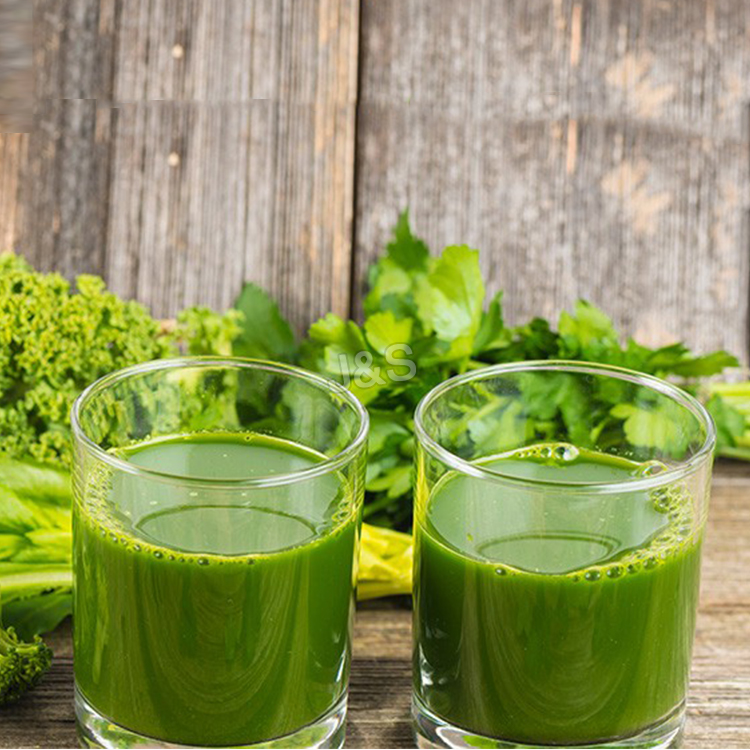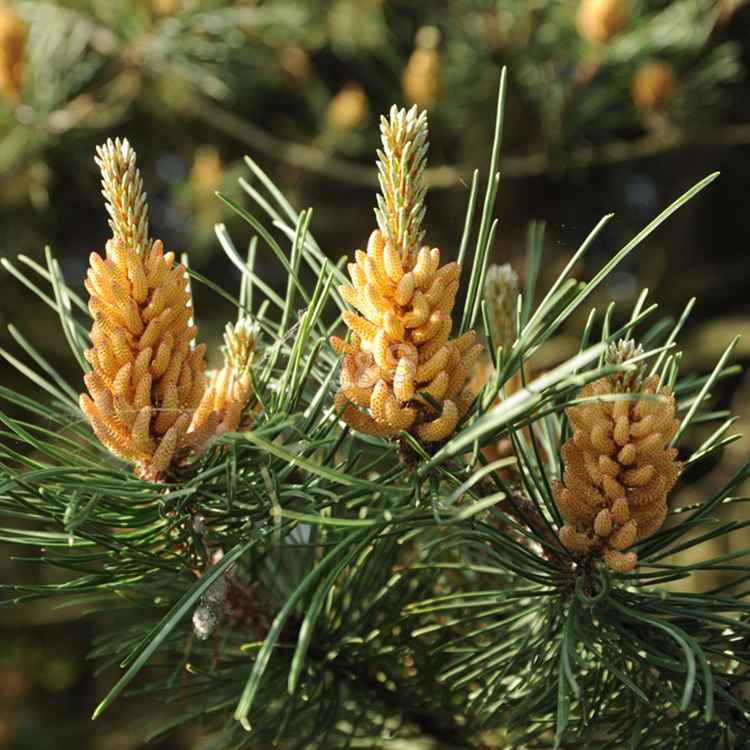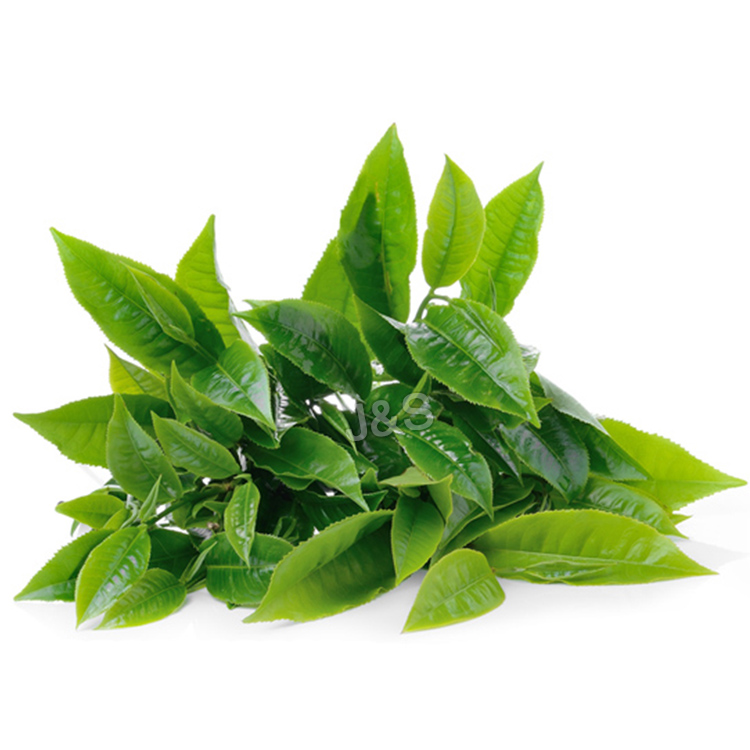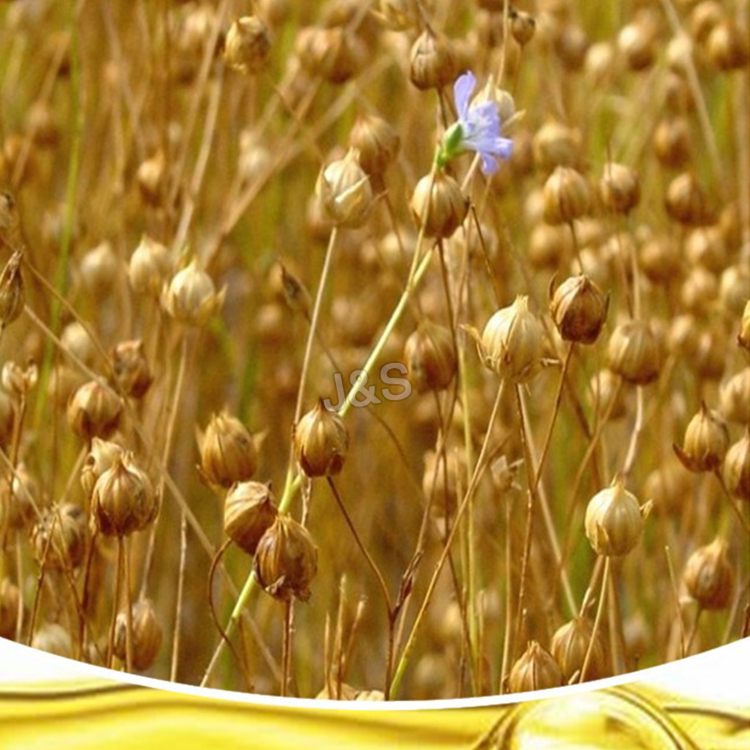Well-designed Ginger Root Extract Supply to Paraguay
Well-designed Ginger Root Extract Supply to Paraguay Detail:
[Latin Name] Zingiber Officinalis
[Specification] Gingerols 5.0%
[Appearance] Light yellow powder
Plant Part Used: Root
[Particle size] 80Mesh
[Loss on drying] ≤5.0%
[Heavy Metal] ≤10PPM
[Storage] Store in cool & dry area, keep away from the direct light and heat.
[Shelf life] 24 Months
[Package] Packed in paper-drums and two plastic-bags inside.
[Net weight] 25kgs/drum
[What is ginger?]
Ginger is a plant with leafy stems and yellowish green flowers. The ginger spice comes from the roots of the plant. Ginger is native to warmer parts of Asia, such as China, Japan, and India, but now is grown in parts of South American and Africa. It is also now grown in the Middle East to use as medicine and with food.
[How does it work?]
Ginger contains chemicals that may reduce nausea and inflammation. Researchers believe the chemicals work primarily in the stomach and intestines, but they may also work in the brain and nervous system to control nausea.
[Function]
Ginger is among the healthiest (and most delicious) spices on the planet.It is loaded with nutrients and bioactive compounds that have powerful benefits for your body and brain.Here are 11 health benefits of ginger that are supported by scientific research.
- Ginger Contains Gingerol, a Substance With Powerful Medicinal Properties
- Ginger Can Treat Many Forms of Nausea, Especially Morning Sickness
- Ginger May Reduce Muscle Pain and Soreness
- The Anti-Inflammatory Effects Can Help With Osteoarthritis
- Ginger May Drastically Lower Blood Sugars and Improve Heart Disease Risk Factors
- Ginger Can Help Treat Chronic Indigestion
- Ginger Powder May Significantly Reduce Menstrual Pain
- Ginger May Lower Cholesterol Levels
- Ginger Contains a Substance That May Help Prevent Cancer
- Ginger May Improve Brain Function and Protect Against Alzheimer’s Disease
- The Active Ingredient in Ginger Can Help Fight Infections
Product detail pictures:
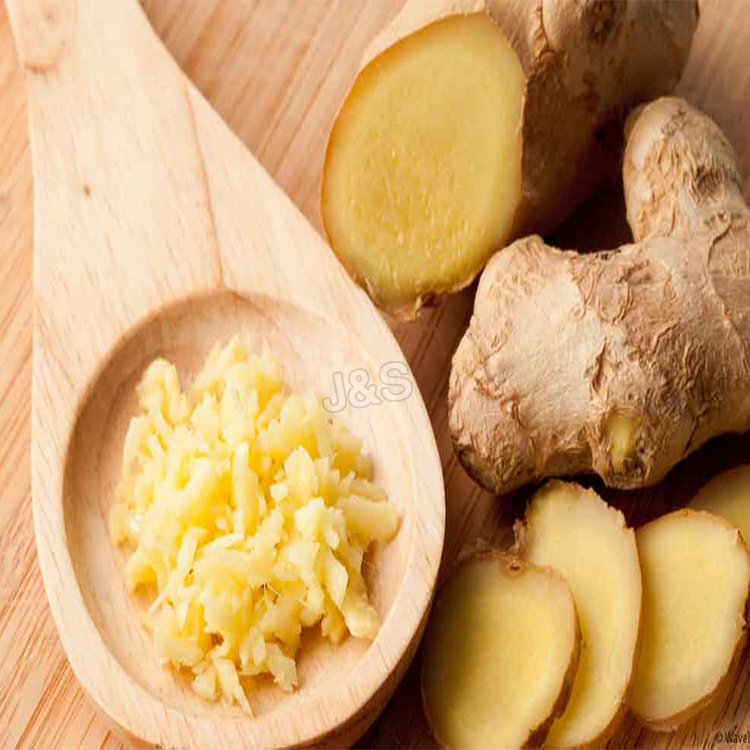
Related Product Guide:
Our advancement depends on the superior gear ,superb talents and consistently strengthened technology forces for Well-designed Ginger Root Extract Supply to Paraguay , The product will supply to all over the world, such as: Slovenia, Rwanda, luzern, Our company has abundant strength and possesses a steady and perfect sales network system. We wish we could establish sound business relationships with all customers from at home and abroad on the basis of mutual benefits.
https://SuccesswithTroyandDana.com
Sugar Blocker | F21 All Natural Sugar Blocker | Ludaxx Sugar Blocker Works!
F21 has been specifically formulated as an All Natural Sugar Blocker™ to help limit your blood sugar absorption. For every tablet of F21 you can block up to 10 grams of sugar (sucrose). Additionally, our patent pending formula not only helps promote weight loss, it benefits the digestive system by allowing the blocked sucrose to support beneficial probiotic bacteria while the polysaccharide (PSK) boosts your immune system response.
F21 Ingredients:
L-Arabinose, Coriolus Versicolor Polysacchride, Konjac-Mannan, Magnesium Stearate
Mint flavor: Menthol and Natural Colors.
Dr Rudi’s Story
“As a medical weight loss specialist, I am so excited to have access to products that supports what I have been telling my patients for years at a cost that is affordable. One of the biggest problems my clients face is convincing them to make changes in their lifestyle before they start seeing success, now with F21 and the other Ludaxx products, changes can begin to happen even before their lifestyle has changed.”
What is F21?
F21 is a delicious tasting tablet that is half the sweetness of sugar which helps block sugar absorption into the bloodstream as well as supporting beneficial probiotics within your digestive system! It is also an antioxidant that will boost your immune system response…
Cameron’s Story
“I decided to join Ludaxx after I started seeing my friends and family that were using F21 begin to experience better health including weight loss. Even though the need to lose weight is not an issue that I am facing, knowing that every gram of F21 can block up to twenty grams of Sucrose makes me feel less worried that weight will ever be an issue for me.”
F21 has been formulated to help limit your blood sugar absorption and control further weight gain. For every gram of L-Arabinose, F21 blocks up to 20 grams of sugar (sucrose) by inhibiting the enzyme called sucrase. Our digestive system will also receive the benefits of F21 to feed probiotic bacteria. With our powerful polysaccharides (PSK) to support the immune system response and protect against further free radical damage, we present you the product of the future. *
* These statements have not been evaluated by the Food and Drug Administration (FDA). This product is not intended to diagnose, prevent, mitigate, treat or cure disease.
Ingredients
L-Arabinose, Coriolus versicolor polysaccharide,
Other Ingredients
Konjac-Mannan, Magnesium Stearate
Help us share the power of the F21 with others…
Thanks, Troy & Dana
904-591-5413
https://successwithtroyanddana.com
SUGAR BLOCKER
BLOCK SUGAR
LUDAXX SUGAR BLOCKER
LUDAXX F21
SUGAR BLOCKERS
[diabetes]
[glucose]
[diabetic diet]
[type 2 diabetes]
[blood sugar levels]
[glucose levels]
[low blood sugar]
[what is diabetes]
[normal blood sugar levels]
[low blood sugar symptoms]
[blood sugar]
[blood glucose levels]
[high blood sugar]
[normal blood sugar]
[blood sugar levels chart]
[symptoms of low blood sugar]
[high blood sugar symptoms]
[normal glucose levels]
[fasting blood sugar]
[blood sugar chart]
[symptoms of high blood sugar]
[blood glucose]
[normal blood glucose levels]
[how to lower blood sugar]
The PRINCE OF PEACE® Instant Korean Panax Ginseng Tea has been carefully selected, processed and packaged for your convenient use. Korean Ginseng is considered a highly prized herb, and is known for its natural health benefits. It has been safely taken for thousands of years by millions of people throughout the world. Today, the growing number of users include people from all walks of life.
————————————————————————————-
Sign up to our newsletter here: https://fusionmma.com/mymail
Please contact us if you are interested in checking out the most friendly, personal and authentic mixed martial arts school in Wayne County, NY.
Fusion Mixed Martial Arts
https://www.fusionmma.com
Please Join Our Facebook Fan Page
Join Us On Facebook – https://www.facebook.com/fusionmixedmartialarts
Fusion Genesis Karate
https://www.fusiongenesiskarate.com/
Fusion Mixed Martial Arts Offers Kids Anti Bully Training Program, Brazilian Jiu-jitsu (BJJ), Judo, Thai Boxing and Full Contact Karate in the following are:
Marion, Clyde, Phelps, Geneva, Palmrya, Macedon,
Waterloo, Williamson, Ganada, Sodus, Farmington, Canadaigua, Lyons, Victor, Seneca Falls, Fairport, Newark, Auburn, Webster, Rochester, Syracuse New York (NY) State
Call us @ 315-398-8354
After the signing of the contract, we received satisfactory goods in a short term, this is a commendable manufacturer.


